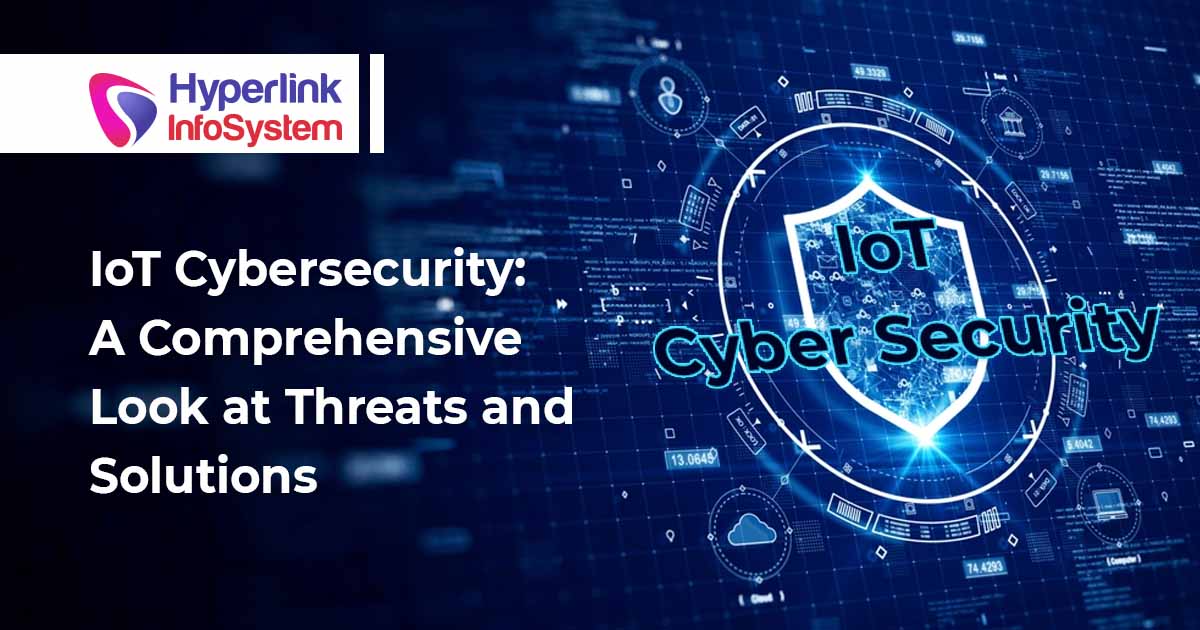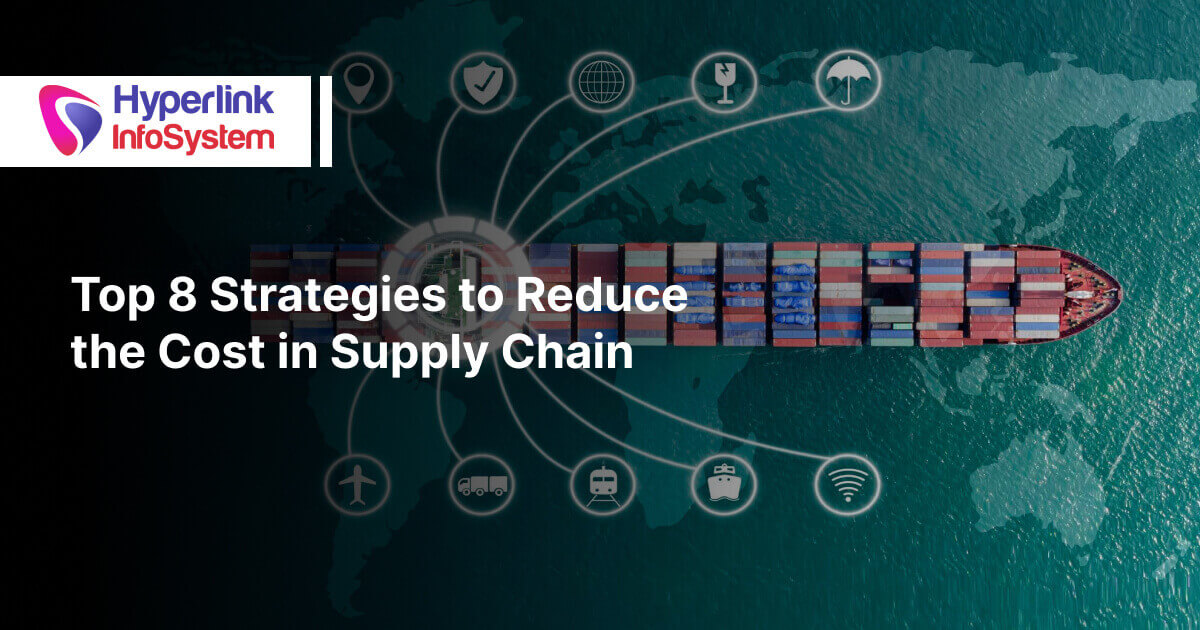Consumers and businesses worldwide are embracing the concept of critical data gathering, processing, and analysis at the far edge of technology infrastructure, driven by IoT solutions. With an estimated 64 billion IoT devices globally by 2026, spending on IoT devices, solutions, and support systems is poised to approach $15 trillion, as per Business Insider.
IoT solutions include a broad range, including inventory management, fitness tracking, and smart homes and cities. By the end of this year, it's projected that there will be two to six connected IoT devices for every individual on the planet, surpassing the combined total of smartphones, tablets, and computers.
Let's kickstart our journey into IoT cybersecurity, beginning with an exploration of the associated risks.
Vulnerabilities in IoT Devices and Mitigation Measures
IoT devices often exhibit various vulnerabilities, such as insecure default configurations, outdated components, and weak update mechanisms. These weak points can be exploited by malicious actors to infiltrate sensitive data or disrupt connected devices.
Moreover, web applications and associated software linked to IoT devices may also present vulnerabilities, enabling attackers to compromise user credentials or distribute harmful firmware updates. To mitigate the risks associated with IoT device vulnerabilities, organizations and developers must adopt a proactive approach, which involves:
- Using secure development and design practices.
- Implementing Robust Security Controls to thwart unauthorized access and tampering.
By embracing these measures, the IoT ecosystem can be more resilient against potential threats and breaches, enhancing overall security and protecting sensitive data.
Also Read, Top 08 IoT Wearables Trends
The Expanding IoT Ecosystem: Strengthening Security through Collaboration
The IoT ecosystem is experiencing rapid growth, marked by the continuous development and deployment of devices and applications across diverse industries. As this ecosystem expands, the demand for collaboration among developers, organizations, and industries becomes increasingly evident.
The primary objective is to secure connected devices and networks effectively. Ensuring the security of IoT devices is paramount to preempt potential threats and safeguard the overall integrity of the IoT ecosystem.
Notably, specialized companies hold a pivotal role in IoT and cybersecurity operations, contributing uniquely and significantly due to several factors:
- Varied Functionality: IoT devices serve various purposes, making specialized expertise essential.
- Heterogeneous Operating Systems: Diverse systems necessitate specialized approaches for security.
- Lack of Standardized Interfaces and Criteria: Differing standards across regions and industries demand tailored solutions.
By fostering collaborative efforts, industry stakeholders can unite to devise and implement comprehensive security solutions capable of tackling the continually evolving challenges posed by the burgeoning IoT ecosystem.
Escalating IoT Cybersecurity Challenges
The burgeoning IoT market is not without its substantial cybersecurity risks. IIn fact, in the first half of 2019, assaults against IoT devices tripled.
These include the emergence of bots and worms capable of compromising smart devices, such as Linux-based internet routers, and utilizing them for various illicit activities, like launching denial of service attacks and unauthorized mass marketing campaigns. Furthermore, industrial control systems, military, and business infrastructure are all becoming increasingly vulnerable to attacks.
One of the core hurdles in establishing robust security protocols for IoT is the lack of standardized measures. This is due to the intricate nature of the IoT ecosystem and the vast number of devices from various global vendors.
To address this, the Department of Homeland Security's Science and Technology (S&T) Directive recently introduced a set of best practices that enterprises can adopt to fortify their IoT systems. The directive encompasses security under three critical segments:
Identification: Recognizing the precise range of IoT components and devices affixed to a system or network.
Verifying an IoT device's identity and origin in order to stop spoofing is known as authentication.
Updating: To keep ahead of cyber threats, IoT security capabilities must be continuously upgraded, maintained, and maintained.
Companies are adapting their strategy to tackle IoT security breaches by deploying specific new techniques while keeping these core principles in mind. Among the most successful tactics are:
- Maintaining comprehensive records of each IoT device to assess potential risks.
- Proactively identifying and mitigating cyber threats to prevent breaches.
- limiting access to critical information.
- Continuously monitoring device access.
- Regularly backing up all data collected by IoT devices.
These foundational steps provide a clear roadmap for cybersecurity professionals to construct a robust IoT security framework.
IoT Cybersecurity Strengthening Techniques
When it comes to enhancing IoT cybersecurity, the expertise of the best IoT solutions development company is invaluable:
- Utilize biometrics, tokens, and private keys for user verification.
- Safeguard IoT devices and data from unauthorized access and tampering.
- Consistently check for updates and employ automated patching tools.
- Minimize vulnerabilities and enhance device functionality.
- Enhance network performance and security through segmentation.
- Detect suspicious activity to prevent threats before they escalate.
Developing Industry-Specific IoT Cybersecurity Solutions
Tailoring cybersecurity to distinct industry needs is paramount, given the unique challenges faced across sectors. Consider these examples:
Healthcare - Protecting Patient Data:
- Security of medical devices and patient data is a life-or-death concern.
- IoT adoption in healthcare demands robust measures.
- Implement strong authentication, encryption, updates, and monitoring.
Automotive - Safeguarding Connected Vehicles:
- Connected vehicles face specific IoT cybersecurity hurdles.
- Ensure communication security, protect software/hardware, and guard driver data privacy.
- Adhere to industry-specific standards for comprehensive protection.
Smart Cities - Securing Critical Infrastructure:
- Smart cities rely on IoT to manage vital services.
- Critical infrastructure security is critical.
- Strong authentication, encryption, updates, and monitoring fortify safety and quality of life.
By concentrating on industry-specific IoT cybersecurity development, organizations can cultivate tailored security strategies, addressing distinct risks and challenges. This approach is vital to ensure the ongoing success of the IoT ecosystem across diverse sectors.
Conclusion
IoT cybersecurity is at the forefront of the digital landscape, marked by evolving trends and persistent challenges. As the IoT ecosystem continues to expand, the need for comprehensive security measures becomes increasingly critical. The rise of industry-specific considerations underscores the importance of tailoring cybersecurity solutions to address unique risks and vulnerabilities across various sectors, whether it's in healthcare, automotive, or smart cities.
For those seeking to bolster their IoT security, hiring dedicated developers from IoT development company offers a focused and efficient approach to address the specific needs of their IoT projects. By doing so, organizations can stay ahead of the curve in IoT cybersecurity and safeguard their systems, data, and the integrity of the IoT ecosystem.
 +1 309 791 4105
+1 309 791 4105





















































 +91 8000 161161
+91 8000 161161
